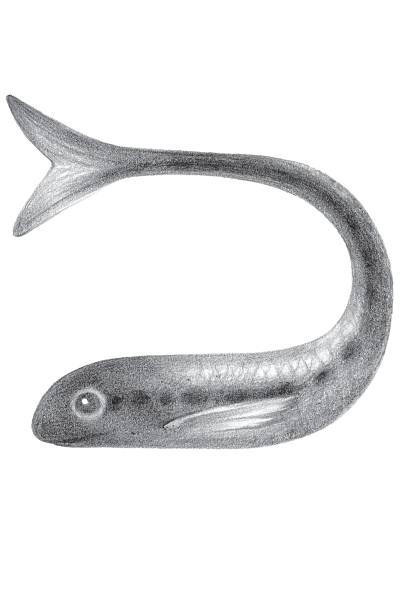As a part of my series Ayahuasca and the Global Marketplace published by Psymposia, I asked Adam Aronovich to interview Shipiba healers Laura and Lila Lopez-Sanchez on the evolving dynamics of the recent influx of ayahuasca tourism. Below is my introduction to the interview.
***
On August 19, 2018 in the largely Shipibo populated Amazonian town of Yarinacocha, nearly one hundred traditional healers, local political figures, and nonprofit allies gathered with the intention of addressing the complexities that come with the influx of foreigners seeking ayahuasca. The meeting resulted in the formation of a first of its kind ‘healers union’ – the Association of Shipibo-Konibo Traditional Medical Onayabo (Asociación de Onayabo Medico Ancestrales Shipibo-Konibo).
Onaya is a Shipibo term which refers to the traditional healers who work with oni, the Shipibo word for ayahuasca whose meaning is “knowledge” or “wisdom.” Onaya therefore translates to “the one who knows,” with the suffix –bo denoting plural. The terms onaya and onayabo were claimed by the union instead of the more commonly used but inappropriate word “shaman.”
In the Declaration of Yarinacocha, members of the group voiced their concerns over several issues exacerbated with the ‘boom’ of ayahuasca visitors in the Amazon – namely, 1) the diminishing transmission of traditional knowledge to youth within indigenous communities, 2) the opportunities and dangers that come with increased foreign interest in so-called spiritual tourism and 3) the need for intercultural, collaborative efforts to support Shipibo cultural and economic sovereignty.
The declaration shines a light on the shadowy aspects of the ayahuasca boom: foreigners seeking personal healing from an exotic medicine and culture that tends to conveniently gloss over the lived political and economic realities of indigenous communities in the Amazon.
While this as a reality, it’s also worth considering the value in these intercultural exchanges. Visitors seeking healthcare and traditional knowledge from indigenous communities play a role in supporting traditional livelihoods of the Shipibo people with their contributions (financial and other), subsequently contributing to the revitalization of their cultural identity, landscapes and practices.
Shipibo, Asháninka, and other communities in the region who make a living from the ayahuasca-curious are offered an alternative to working for violent, extractive industries. Communities who remain in the forest often continue to play a vital role in protecting biodiversity and mitigating climate change. Meanwhile, ayahuasca centers can help to fund non-profit organizations like The Chaikuni Institute who coordinate programs to support human rights, regenerative agriculture, and health projects in the Loreto region of Peru, or Alianza Arkana who works together with Shipibo communities to support reforestation, youth empowerment and women’s rights. Denouncing ayahuasca tourism altogether (see ‘Ayahuasca Tourism is Ripping off Indigenous Amazonians’ published by VICE) is a conveniently simplified perspective which ignores the nuanced, dynamic reality for many.
While much has been written about the globalization and expansion of ayahuasca from a western perspective, very few indigenous voices have been given the stage. PhD candidate Adam Aronovich, medical anthropologist and research coordinator at the Temple of the Way of Light sat down with Shipibo onayabo Laura (56) and Lila Lopez Sanchez (46), members of the newly formed association, to discuss their perspectives on these issues. The conversation took place in Niwe Rao Xobo, a center owned and operated by the Lopez family near San Francisco de Yarinacocha in the Ucayali region of Peru.
***
Read the full interview here.

